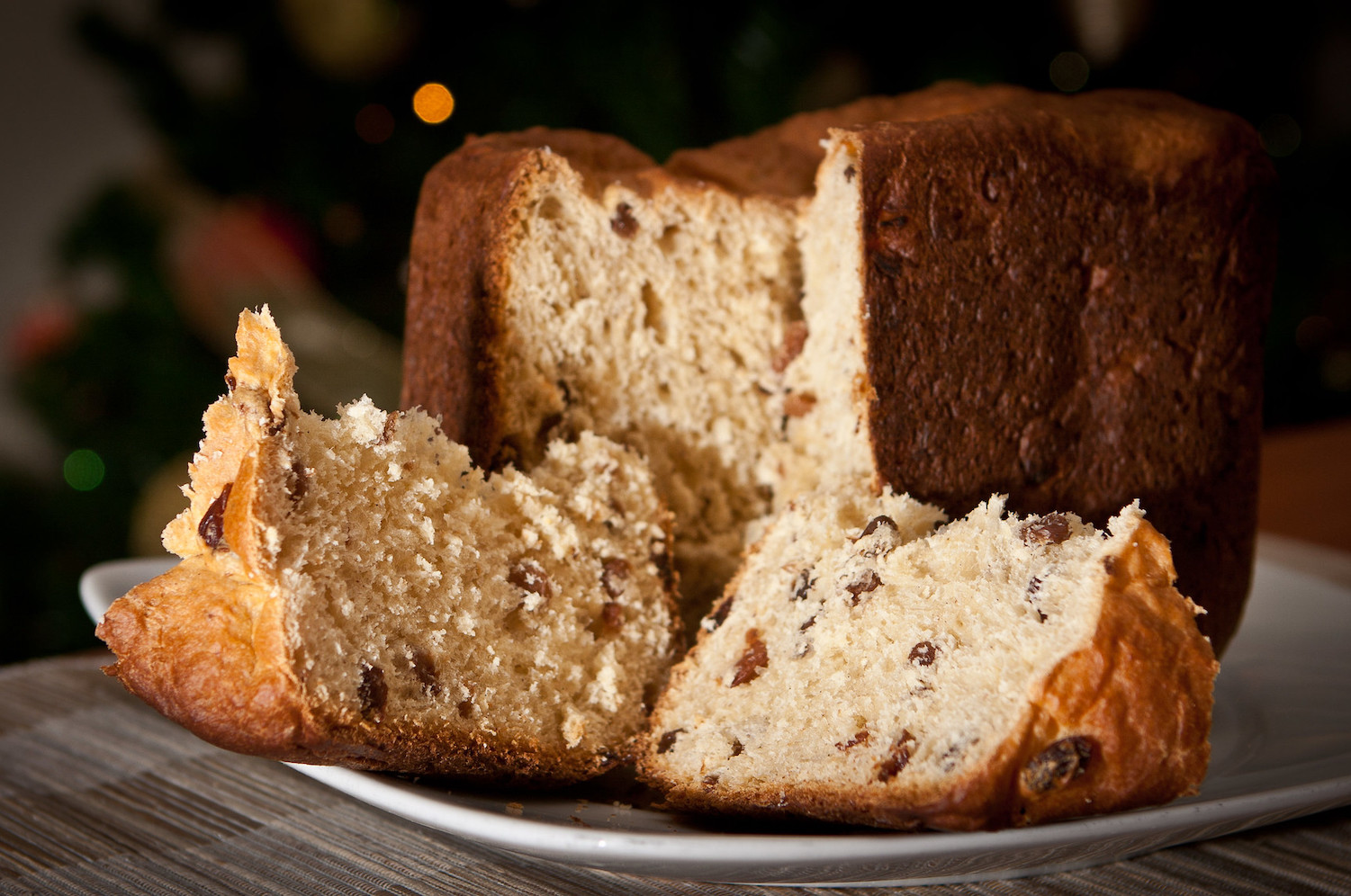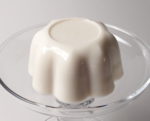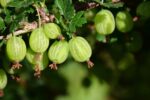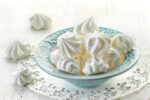
Old-Fashioned Cake Baking Advice
Baking a cake wasn’t easy for housewives in the 1800s. Boxed cake mixes weren’t available until the early 1930s, so all cakes had to be made from scratch; mixing flour, butter, eggs, sugar, baking powder, and other ingredients by hand. Most ovens were fueled by wood. Oven thermometers weren’t invented yet, so they had to learn to determine how hot to heat their oven and how long to bake a cake.
INFORMATION BELOW FROM 1800s COOKBOOKS
Before commencing to make a cake, be sure that you have all the ingredients in the house and all the implements at hand, such as trays, bowls, large dishes, large strong wooden spoons, egg-beaters, etc.
No baker can hope to make perfect goods who does not accurately weigh and measure all materials.
At great altitude, more flour and less shortening and sugar will be required in cakes.
Use none but the best family flour in making cake. Since brands of flour differ, it is best to use the same brand when you find a good one and become accustomed to it.
All measurements have the sifted flour laid lightly into the cup with a spoon. If the cup is shaken or knocked on the side with the spoon, there will be too much flour.
It is a good plan to sift flour before weighing or measuring it, and to let it air and sun several hours before using it; as this makes it much lighter.
Sift flour once before measuring, and from three to five times for angel and other sponge cakes after measuring. The best way to sift flour several times is to lay down two pieces of large letter or Manila paper and to sift the flour first on to one, and then on to the other.
It is a great mistake to set aside rancid or indifferent butter for cake-making. The butter used for the purpose should be good and fresh. Butter should be placed where it will become moderately soft, but not melted in the least, or the cake will be sodden and heavy.
Always use granulated sugar or loaf sugar, as confectioners sugar is apt to have plaster of Paris or other foreign elements in it. The sugar should be well-rolled, and the soda and cream of tartar thoroughly pulverized before measuring.
Do not attempt to make a cake without fresh eggs. A fresh egg placed in water will sink to the bottom.
Eggs beat up much lighter and sooner by being placed in a cold place sometime before using them; a small pinch of soda sometimes has the same effect. Cool the dishes that you are to use in beating eggs. In summer, keep the eggs on ice before using them, and always try to make the cake before breakfast, or as early in the morning as possible.
The eggs should be beaten to a froth, and the cake will be more delicate if the yolks and whites are beaten separately. The Dover egg-beater* saves much time and trouble in beating eggs and will beat the yolks into as stiff a froth as the whites. It is well to have two egg-beaters, one for the yolks and the other for the whites. A few drops of lemon juice is a great help when beating egg whites, making them come up quickly.
*Dover egg-beater – Hand-operated rotary egg beaters were invented just before 1860. Dover was a populr brand. Source
Cream should not be put in till just before the cake is baked—add the fruit last. Nuts and fruit in cakes will not sink to the bottom if heated before rolling in flour and adding to the batter.
After the mixture is completed, set it in a cool place till all the cakes are baked.
~~~~~~~~~~~~~~~~~~~ CAKE PANS / TINS ~~~~~~~~~~~~~~~~~~~
~ Large cakes should be baked in tin or earthen pans with straight sides, that are as nearly perpendicular as possible. They cut into handsomer slices and if they are to be iced, it will be found very inconvenient to put on the icing if the cake slopes in towards the bottom.
~ Sponge cakes and almond cakes should be baked in pans that are as thin as possible.
~ Round tube pans bake cake the most evenly.
~ To prevent cakes from sticking to tins after baking, first grease the tins and then dust them with flour. Lightly beat out the loose flour, leaving only that which sticks to the grease. This does away with the old- fashioned method of lining the pans with greased paper.
~ When baking a cake, place another cake tin the same size over it. Your cake will not burn, will bake much more evenly, and you can leave it without looking at it until it has had sufficient time to bake.
~~~~~~~~~~~~~~~~~~~ BAKING IN AN OVEN ~~~~~~~~~~~~~~~~~~~
~ When heating an oven, half an hour or more should be allowed to elapse after proper temperature is reached before baking is started.
~ The oven should be an even, moderate heat, not too cold or too hot. The heat should be tested before the cake is put in, which can be done by throwing on the floor of the oven a tablespoon of new flour. If the flour takes fire, or assumes a dark brown color, the temperature is too high and the oven must be allowed to cool. If the flour remains white after the lapse of a few seconds, the temperature is too low. When the oven is of the proper temperature, the flour will slightly brown and look slightly scorched.
~ Another good way to test the heat is to drop a few spoons of the cake batter on a small piece of buttered letter paper and place it in the oven while finishing the cake, so that the piece will be baked before putting in the whole cake. If the little drop of cake batter bakes evenly without burning around the edge, it will be safe to put the whole cake in the oven.
~ If the heat is not uniform in all parts of the oven, as is not always the case, the cake should be turned around frequently. Moving it carelessly while it is baking will also make light cake fall. If you have occasion to change the position of the pans, do it gently.
~ While a cake is baking, care should be taken that no cold air enters the oven, only when necessary to see that the cake is baking properly. Cake is often spoiled by being looked at too often when first put into the oven.
~ Never bang the oven door. The cake will fall if you do.
~ Attention and practice will teach when a cake is well baked. When it is done enough, it settles a little away from the pan. Even well-made cake becomes heavy by being taken out of the oven before it is perfectly baked.
=================================================
Could You Make a Cake Without an Oven Thermometer?
Please Leave a Comment Below.
=================================================




4 thoughts on “Old-Fashioned Cake Baking Advice”
I guess that I am showing my age. I can remember cake recipes providing the baker with how many strokes were needed to mix the cake. Current cake recipes assume the use of an electric mixer and now provide a time a speed for mixing.
If possible, can you share a vintage cake recipe that provides stroke instructions?
I’ve looked though cake recipes from 1800s cookbooks and don’t see any of them mention counting strokes to mix a cake. My mother has quite a few old cookbooks published in the early 1900s and I’ll look through them. I have a feeling this technique will be from the 1940s or 1950s.
I remember those days. Mom did make at least the occasional cake by hand. And you had to BE QUIET when they were baking. I think she had varying success. Thank goodness all that nonsense is now past. Not the idea of cooking cakes from scratch, but from all the lunacy people had to go through when they baked a cake.
It sure helped the baking when gas and electric ovens were invented and became affordable. It’s a wonder people even bothered when they had wood burning stoves with no oven thermometers.